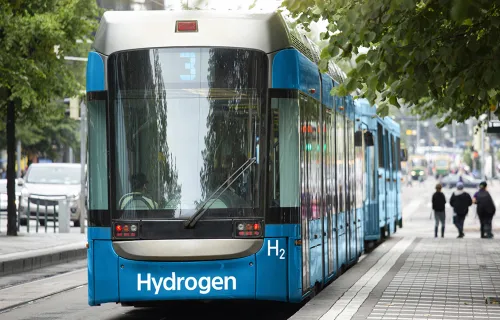Tim ten Brundel
Business Analyst
As
a
business
analyst
at
CGI,
Tim
ten
Brundel
focuses
on
sustainability
reporting
and
the
role
of
hydrogen
in
the
energy
transition.
Tim
joined
CGI
during
his
master's
research,
which
lays
down
the
conditions
for
monitoring
hydrogen
transport
and
storage
...






